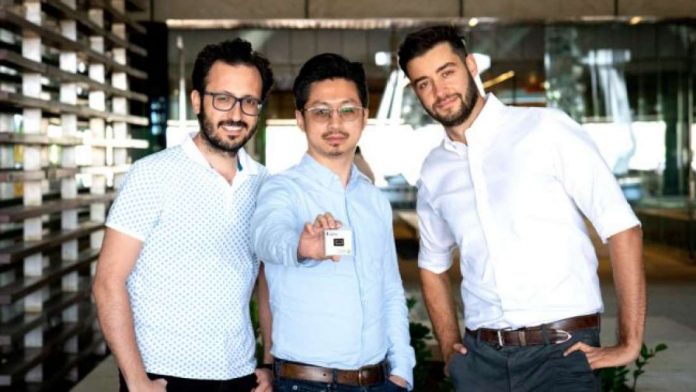Two new records were announced for perovskite-silicon solar cell efficiency last Thursday. The news didn’t get much attention, perhaps because solar power records are being broken so fast no one sticks out. The sheer speed with which advances are being made in the solar sector hides the rate of change from anyone not paying close attention, leading to a lack of recognition of how fast energy generation could be about to change.
Silicon cells dominate the solar industry, but the high temperatures required to produce them mean their stunning fall in price can’t go on forever. Perovskite cells have almost unlimited potential but with some challenges still to address. Tandem cells, where a perovskite layer captures blue light and silicon the longer wavelengths, could be a bridge.
“Adding a layer of perovskite crystals on top of textured silicon to create a tandem solar cell is a great way to enhance its performance,” Dr Yi Hou, of Toronto University, said in a statement. “But the current industry standard is based on wafers… that were not designed with this approach in mind.”
Where others have polished the silicon smooth, adding costs, Hou made the perovskite thicker so it can ride over the silicon’s bumps. Hou announced in Science this approach has been validated by the Fraunhofer Institute for Solar Research, which provides independent verification of solar engineers’ claims. Hou’s tandem cell achieved 25.7 percent efficiency and maintained almost all of this after prolonged exposure to temperatures of up to 85ºC (185ºF).
The same edition also included a paper reporting on another silicon-perovskite tandem cell, this time with 27 percent efficiency. This value hasn’t been independently verified yet, and the cells have only been tested to 60ºC (140ºF) so it may not prove as robust as Hou’s version. In this case, the improvements were achieved by finding a way to combine iodine, bromine, and chlorine in the perovskite lattice to capture more photons. Differences in atomic size have prevented previous cells from effectively using more than two of these at once.
These papers are just the cutting edge of a solar swarm. The same week saw the announcement of at least three other manufacturing techniques designed to raise the efficiency with which we capture the sunlight. None claim quite the efficiency of the two Science announcements, but all are well above the current industry range of 15-21 percent.
One of these technologies bounces back some photons that initially pass through the cell for recapture, and is newly released to the mass market rather than being stuck at the laboratory stage. Another uses thin films that allow cells to attach to curved surfaces. A third avoids a costly step in existing solar production.
None of these may prove transformative on their own, but the combination could make solar unbeatable.






